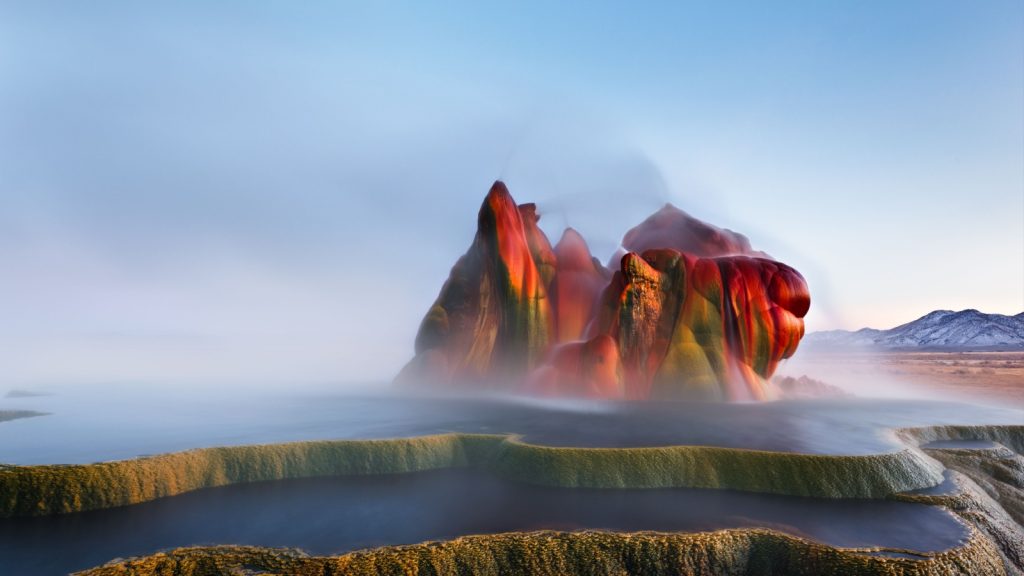Our planet is full of amazing natural wonders, from tall mountains to deep ocean trenches. While some of these places are famous, many stunning spots are often missed.
Here are 24 of the most beautiful, lesser-known natural wonders that will make you want to pack your bags. The only question is, which one will you visit first?
Zhangjiajie National Forest Park, China
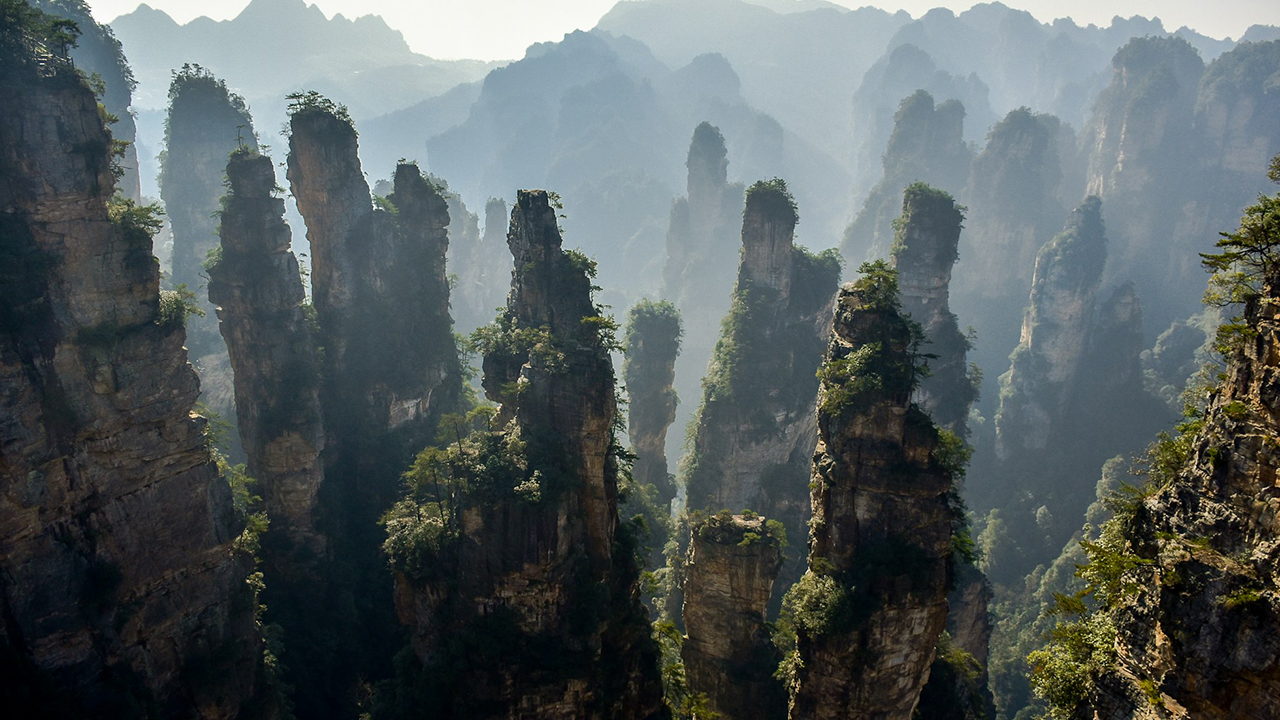
Zhangjiajie National Forest Park in China is a stunning landscape of towering sandstone pillars, lush forests, and deep ravines. This otherworldly place inspired the floating mountains in the movie “Avatar.” Visitors can hike through the park, cross the world’s longest and highest glass bridge, and take in the breathtaking views.
Salar de Uyuni, Bolivia
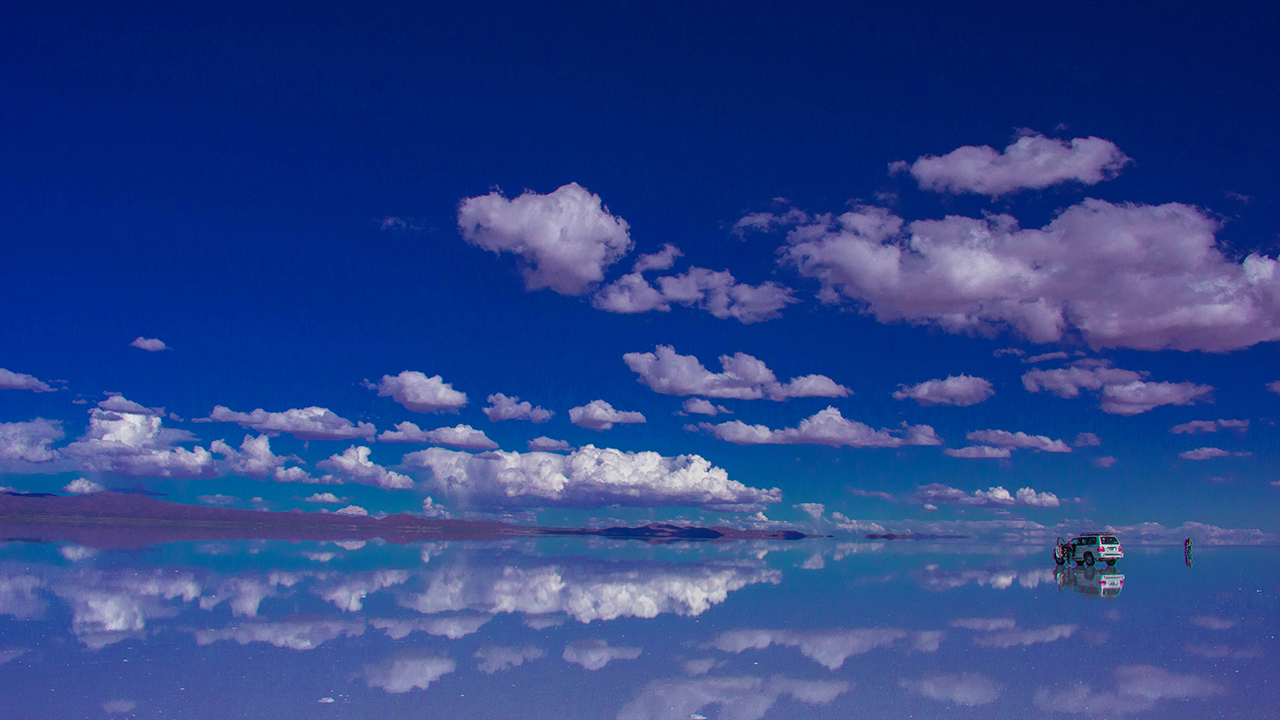
Salar de Uyuni in Bolivia is the world’s largest salt flat, covering an area of over 4,000 square miles. During the rainy season, the salt flat is covered in a thin layer of water, creating a giant mirror that reflects the sky above.
This surreal landscape is a photographer’s dream and a sight you’ll never forget.
Socotra Island, Yemen
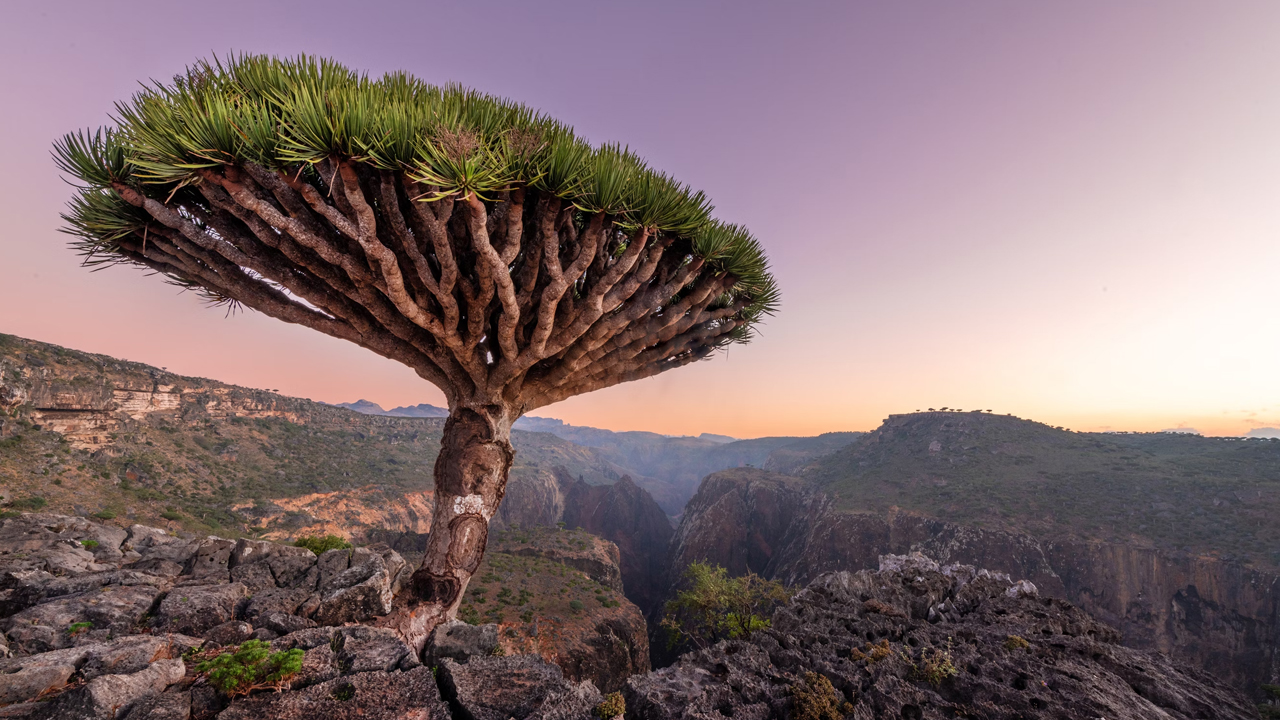
Socotra Island, located off the coast of Yemen, is home to some of the most unusual and alien-looking plants on Earth. The island’s signature plant is the dragon blood tree, which has a unique umbrella-shaped canopy.
Socotra is also home to many endemic species, making it a fascinating destination for nature lovers.
Waitomo Glowworm Caves, New Zealand
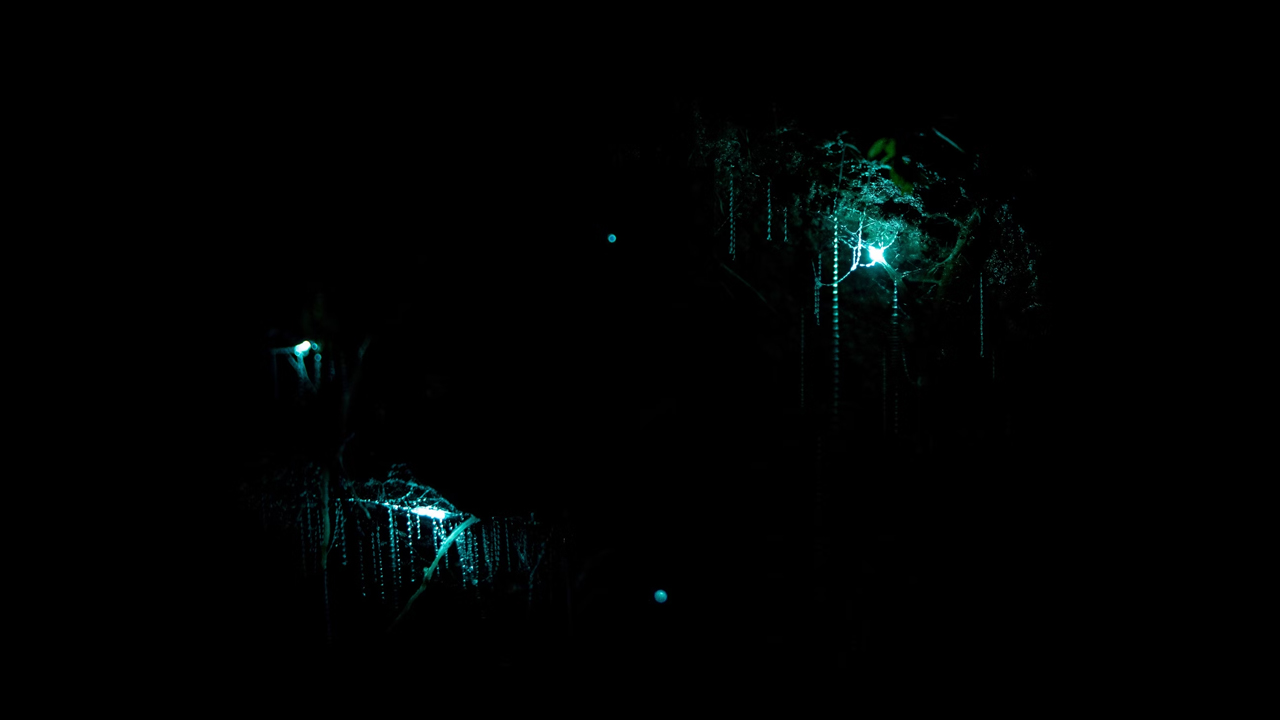
The Waitomo Glowworm Caves in New Zealand are a magical underground world illuminated by thousands of tiny bioluminescent glowworms. Visitors can take a boat ride through the caves and marvel at the starry display above. It’s like floating through a galaxy of living lights.
Dallol, Ethiopia
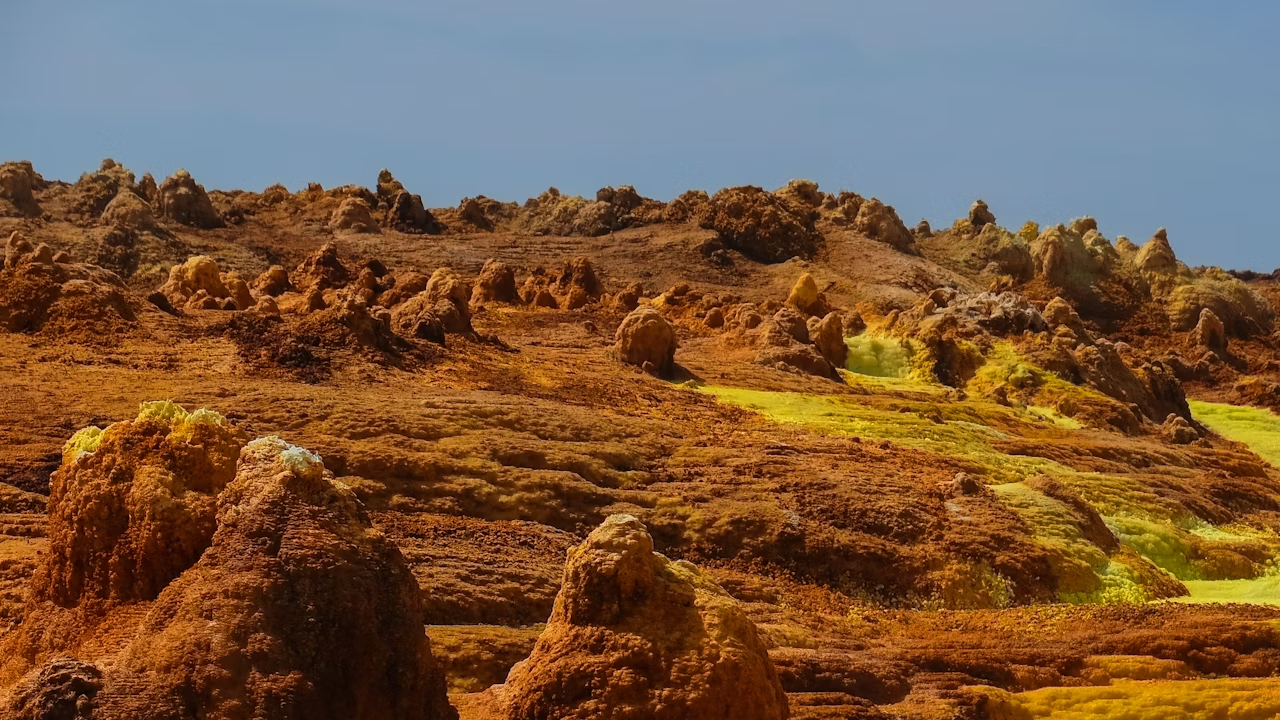
Dallol is a volcanic landscape in Ethiopia that looks like something from another planet. The area is known for its vibrant hot springs, acid pools, and mineral formations in shades of green, yellow, and red.
Despite its harsh conditions, Dallol is a mesmerizing sight that showcases the incredible diversity of our planet.
Crooked Forest, Poland
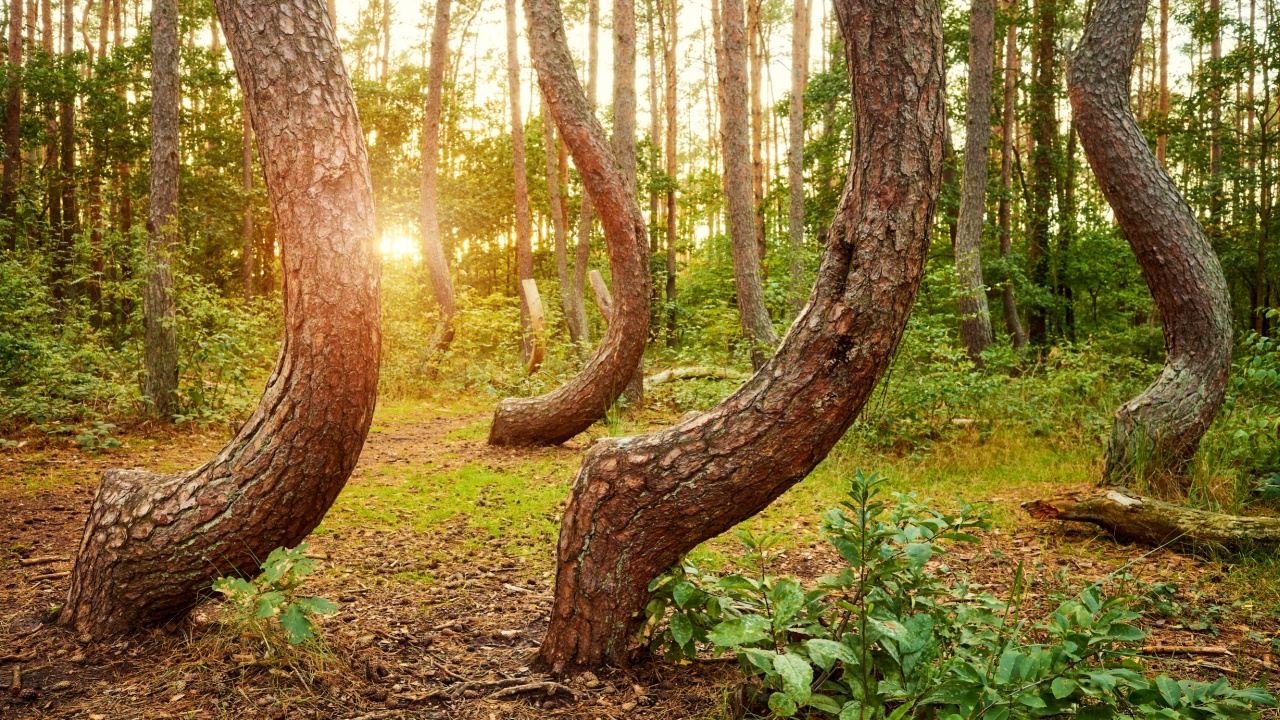
The Crooked Forest in Poland is a mysterious place where hundreds of pine trees grow with a 90-degree bend at their bases, all facing the same direction. No one knows for sure what caused this unusual growth pattern, but it’s believed that human intervention, possibly for furniture making, is responsible for the trees’ unique shape.
Lencois Maranhenses National Park, Brazil
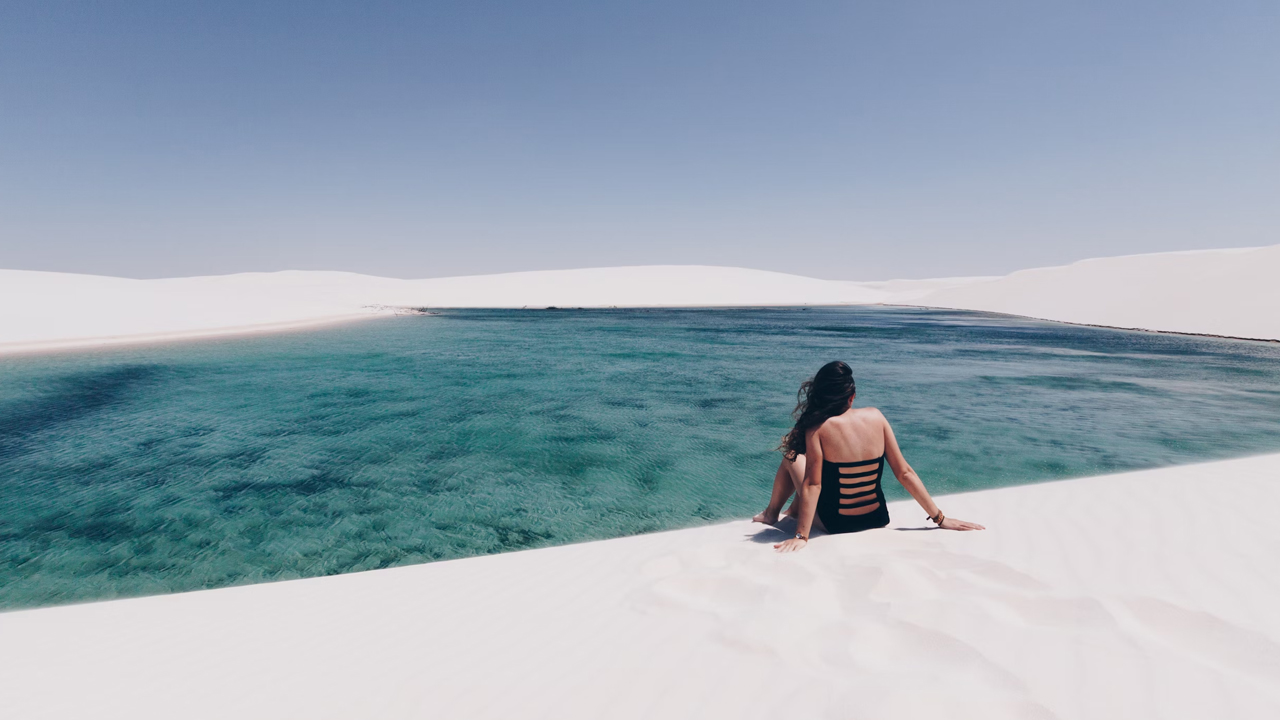
Lencois Maranhenses National Park in Brazil is a vast desert landscape filled with thousands of crystal-clear freshwater lagoons. The park’s white sand dunes and turquoise pools create a stunning contrast that looks almost unreal.
Visitors can explore the park on foot, swim in the lagoons, and even spot fish that thrive in these temporary bodies of water.
Fly Geyser, Nevada, USA
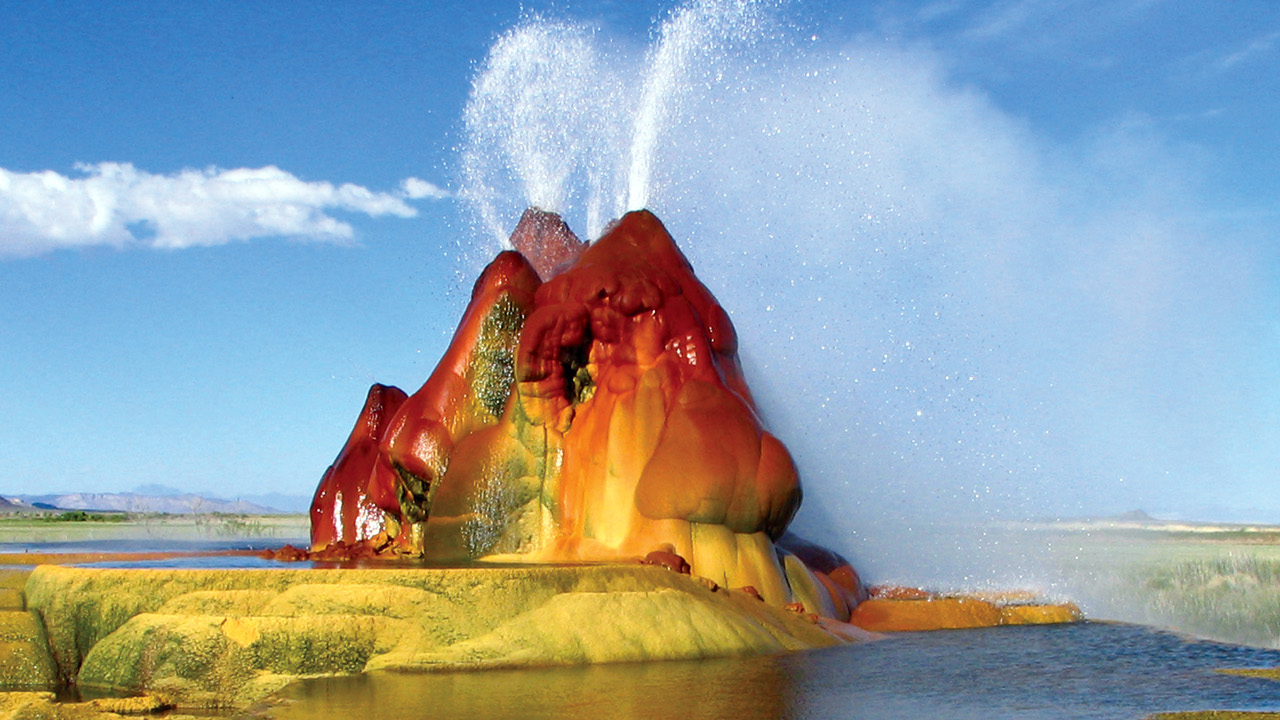
Fly Geyser in Nevada is a man-made marvel that formed accidentally when a geothermal energy company drilled a test well. The geyser continuously sprays water and minerals, creating colorful travertine formations that resemble a giant alien flower.
The vibrant hues of red, green, and orange are a result of thermophilic algae that thrive in the warm, mineral-rich water.
Spotted Lake, British Columbia, Canada
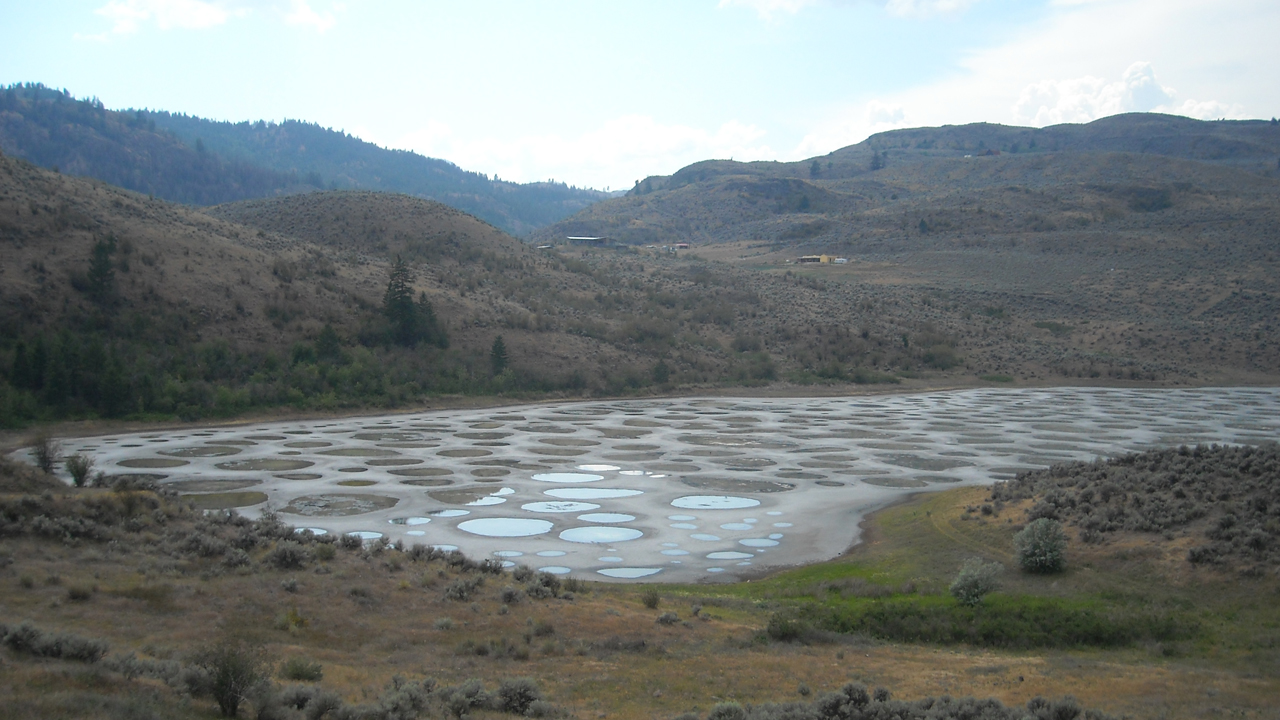
Spotted Lake, also known as Lake Khiluk, in British Columbia is a mineral-rich lake that transforms into a polka-dotted wonder during the summer months. As the water evaporates, the lake’s high concentrations of minerals, such as magnesium sulfate, calcium, and sodium sulfates, form colorful spots on the lake’s surface.
The lake is considered a sacred site by the local First Nations people, who have used the minerals for healing purposes for centuries.
Naica Mine, Mexico
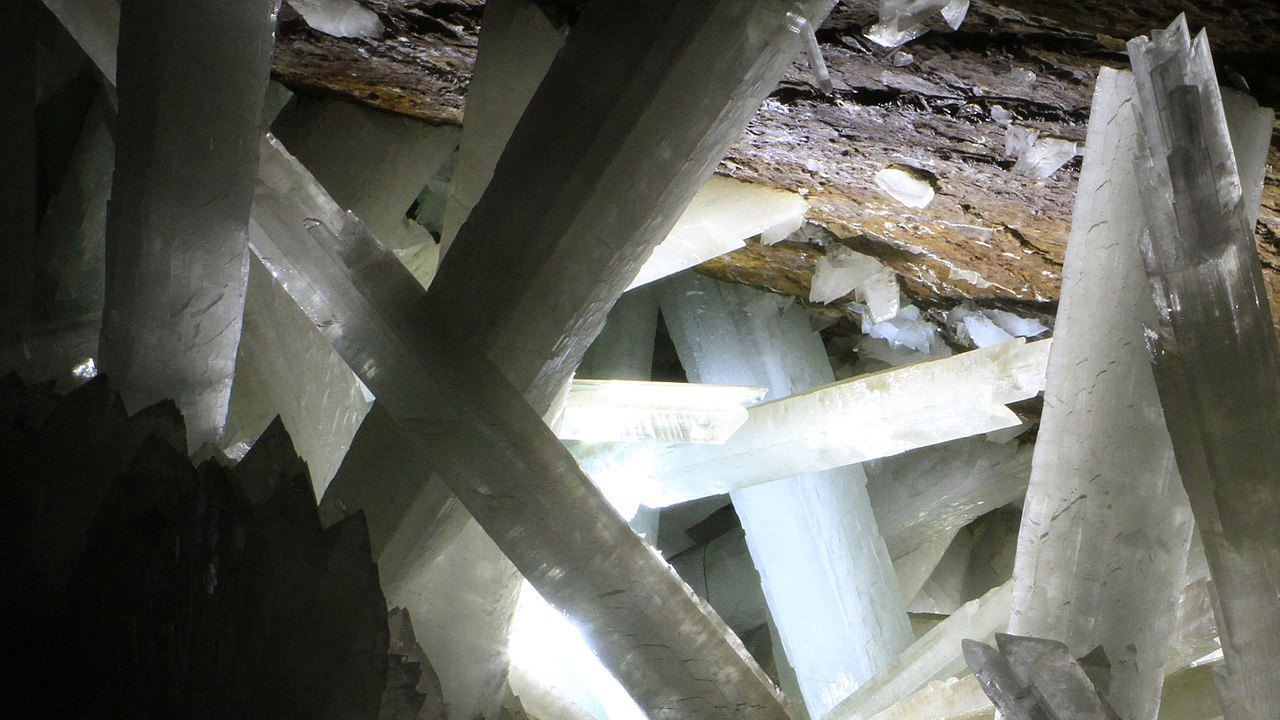
The Naica Mine in Mexico is home to some of the world’s largest crystals, with some specimens measuring over 30 feet long. These giant selenite crystals formed in the cave’s extremely hot and humid conditions, creating a surreal underground landscape.
The Cave of Crystals is now closed to the public due to the extreme environment, but photos of this incredible place continue to captivate people around the world.
Mendenhall Ice Caves, Alaska, USA
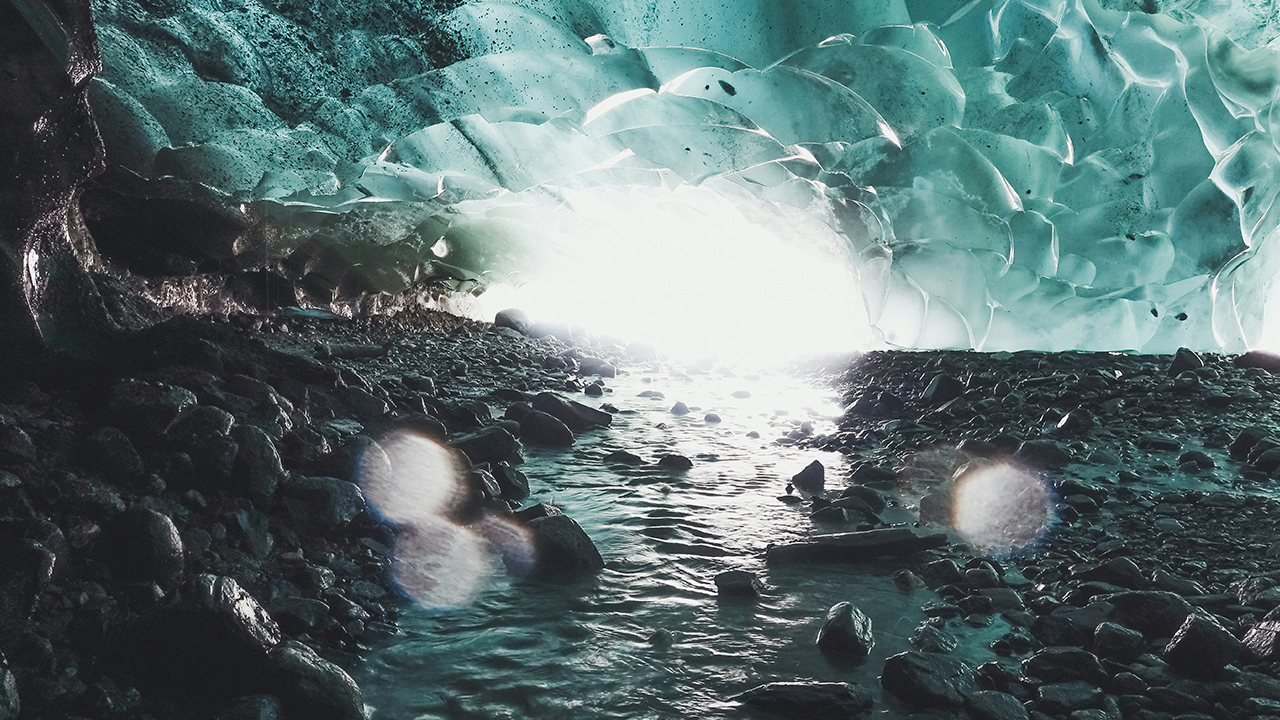
The Mendenhall Ice Caves are a stunning network of caves formed within the Mendenhall Glacier in Alaska. As the glacier slowly melts, it creates a surreal landscape of blue ice tunnels, chambers, and sculptures.
Visitors can explore this otherworldly place on guided tours, but it’s important to go with experienced guides. The caves can be dangerous and constantly change due to the glacier’s movement.
Lake Hillier, Australia
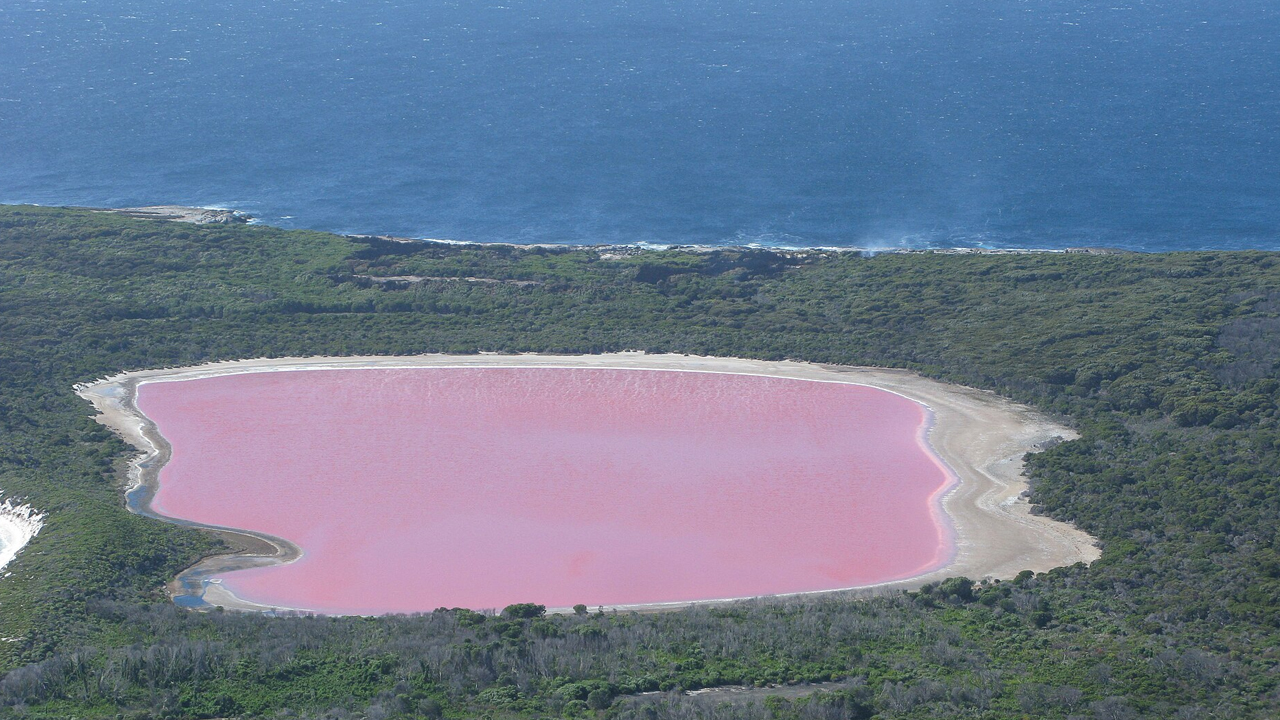
Lake Hillier is a bright pink lake located on Middle Island, off the coast of Western Australia. The lake’s unique color is thought to be caused by the presence of a specific type of microalgae that produces a red pigment.
Despite its unusual hue, the lake is safe for swimming, and the water retains its pink color even when bottled. It’s a striking sight against the backdrop of the surrounding eucalyptus forest and the blue ocean.
Darvaza Gas Crater, Turkmenistan
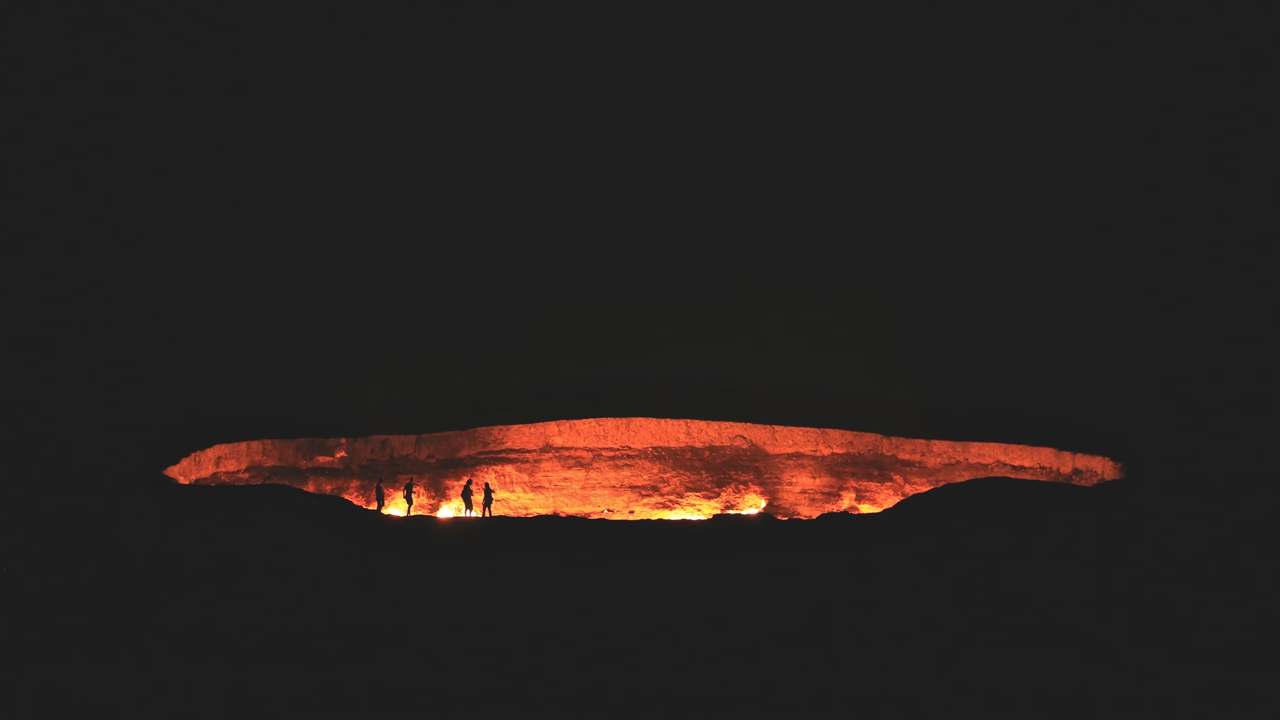
The Darvaza Gas Crater is a burning natural gas field in the Karakum Desert of Turkmenistan. The crater was accidentally created in 1971 when a Soviet drilling rig collapsed into an underground cavern.
Geologists set the gas on fire to prevent it from spreading, expecting it to burn out within a few weeks. However, the flames have been burning continuously ever since, creating an eerie and mesmerizing sight in the middle of the desert.
Fingal’s Cave, Scotland
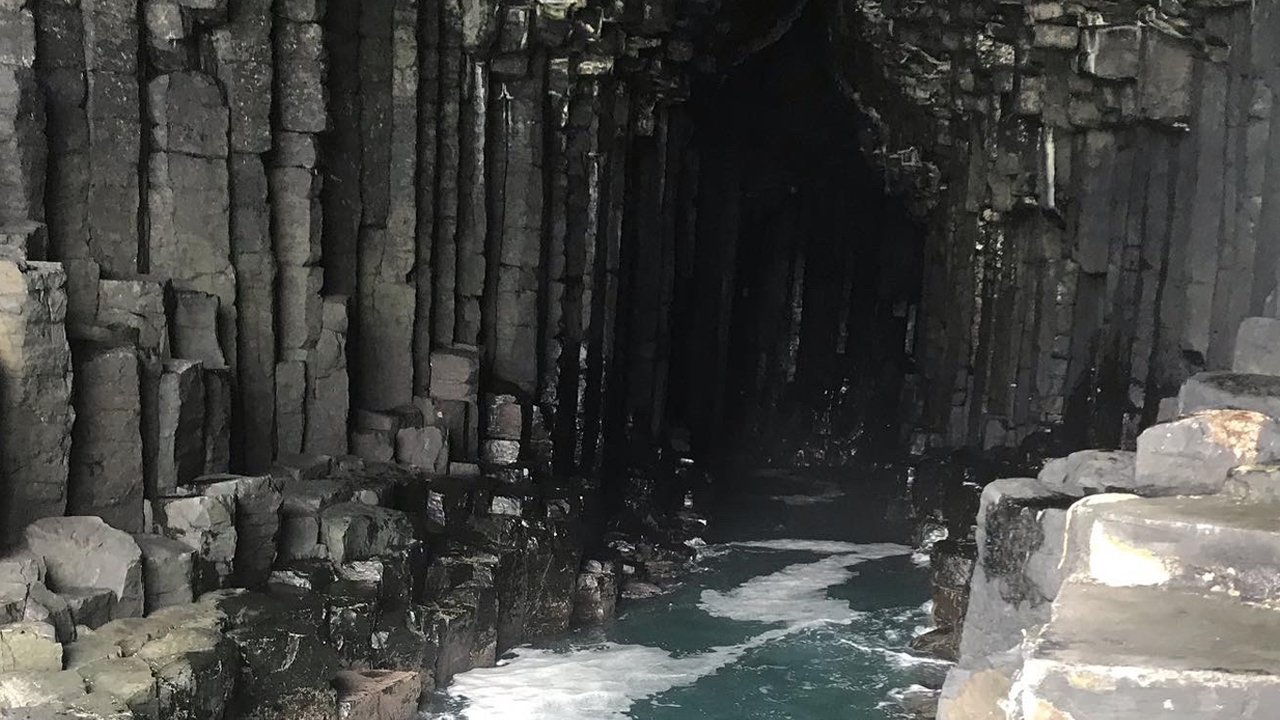
Fingal’s Cave is a stunning sea cave on the uninhabited island of Staffa in Scotland. The cave’s interior is made up of hexagonal basalt columns, similar to those found at the Giant’s Causeway in Ireland. When the waves crash into the cave, they create an eerie, melodic sound that echoes through the chambers.
The cave was named after the hero of an epic poem by 18th-century Scots poet James Macpherson and has inspired countless artists, musicians, and writers over the centuries.
Plitvice Lakes National Park, Croatia
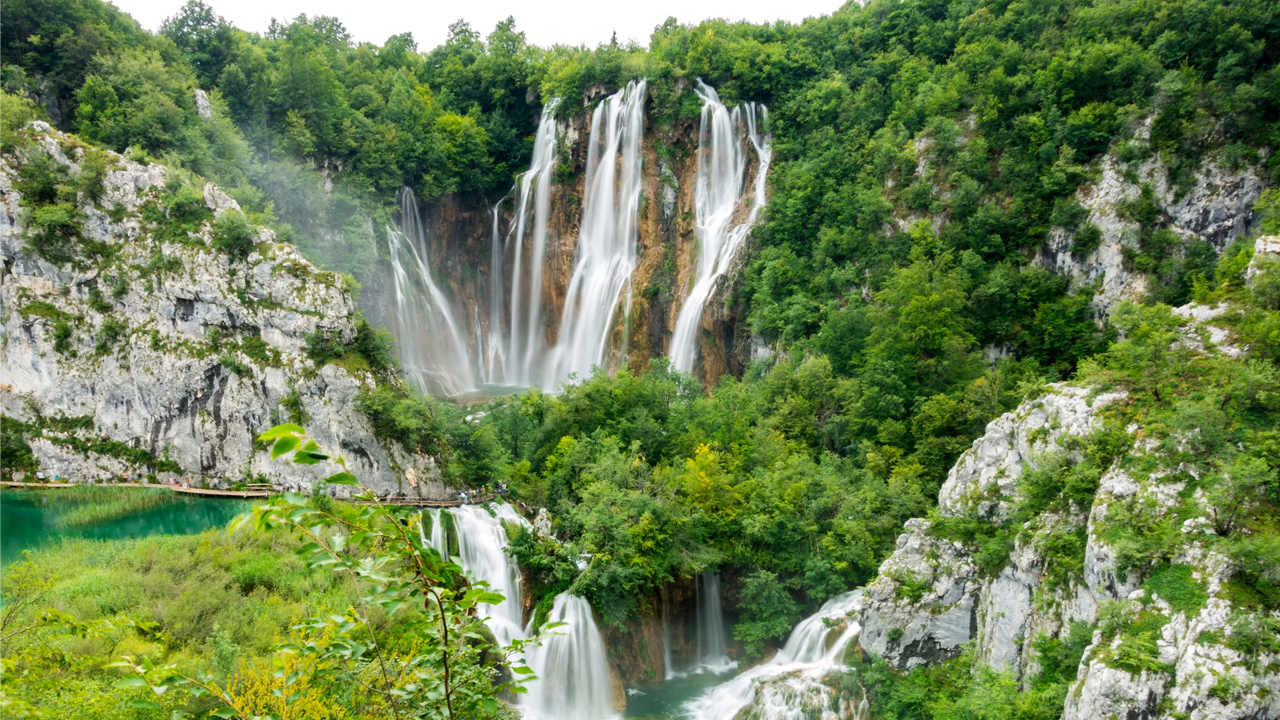
Plitvice Lakes National Park in Croatia is a UNESCO World Heritage site and one of Europe’s most stunning natural wonders. The park features a series of 16 terraced lakes connected by waterfalls, creating a breathtaking landscape of crystal-clear turquoise water and lush greenery.
Visitors can explore the park on a network of wooden walkways and hiking trails, taking in the beauty of the cascading waterfalls and the diverse flora and fauna that call this place home.
Marble Caves, Chile
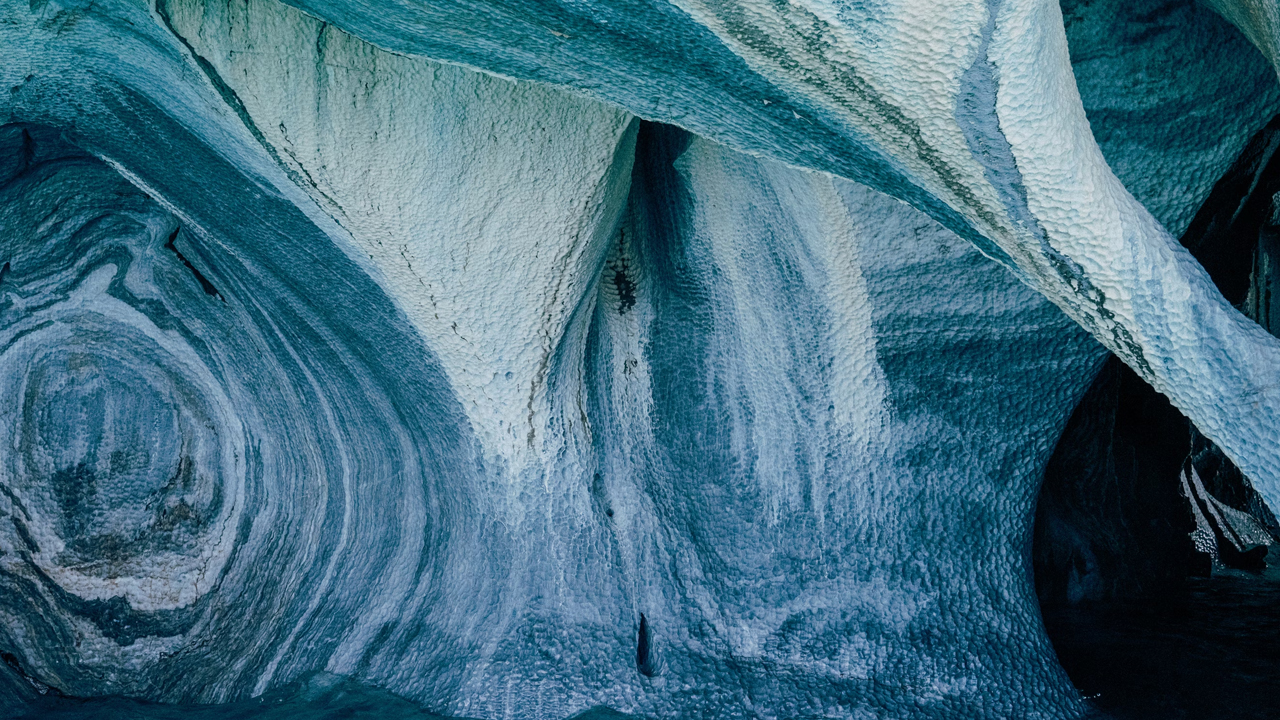
The Marble Caves in Chile are a series of intricate caverns, tunnels, and pillars formed in a peninsula of solid marble. These formations were sculpted over thousands of years by the waves of Lake General Carrera, the second-largest lake in South America.
The swirling blue and gray patterns of the marble, combined with the crystal-clear turquoise water, create an enchanting and surreal landscape that looks like something out of a fairy tale.
Ik Kil Cenote, Mexico
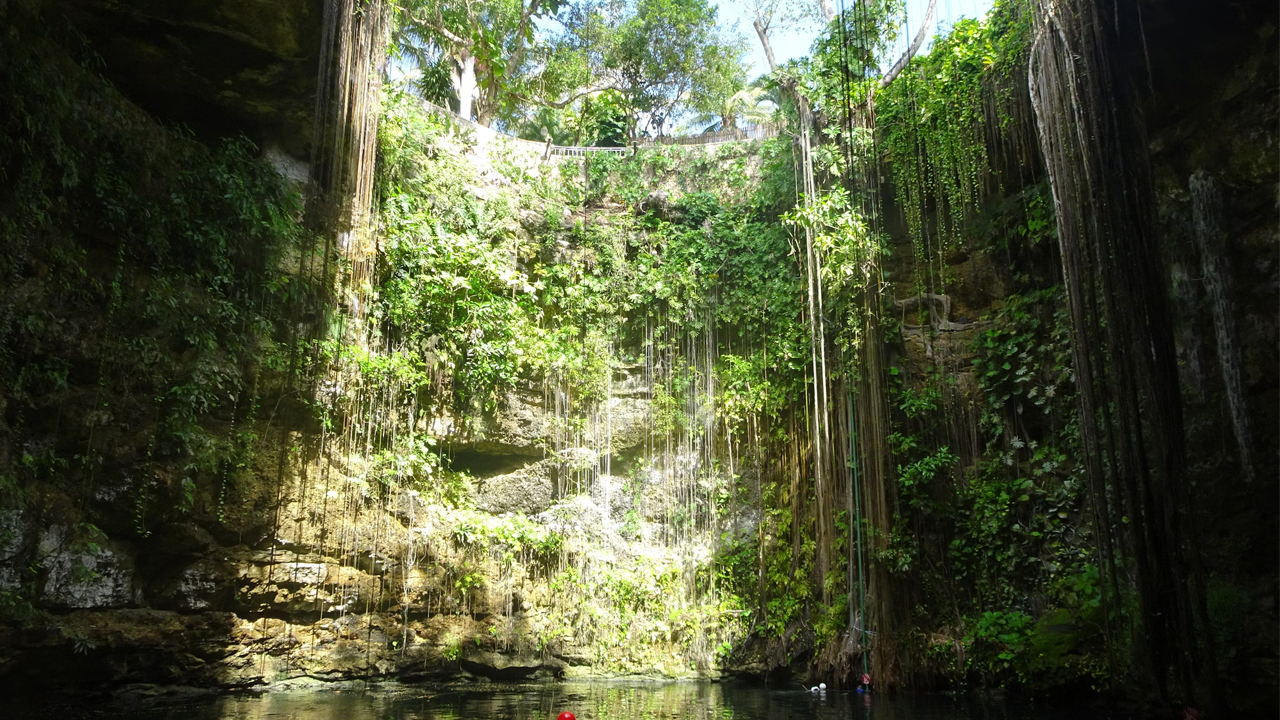
Ik Kil Cenote is a stunning natural sinkhole near Chichen Itza in Mexico’s Yucatan Peninsula. This cenote, or natural swimming hole, is surrounded by a lush jungle and features a circular opening that leads to a 130-foot drop to the water below.
Vines and small waterfalls cascade down the walls of the cenote, creating a magical and serene atmosphere. Visitors can swim in the cool, clear water and marvel at the incredible natural beauty of this beautiful place.
Ngorongoro Crater, Tanzania
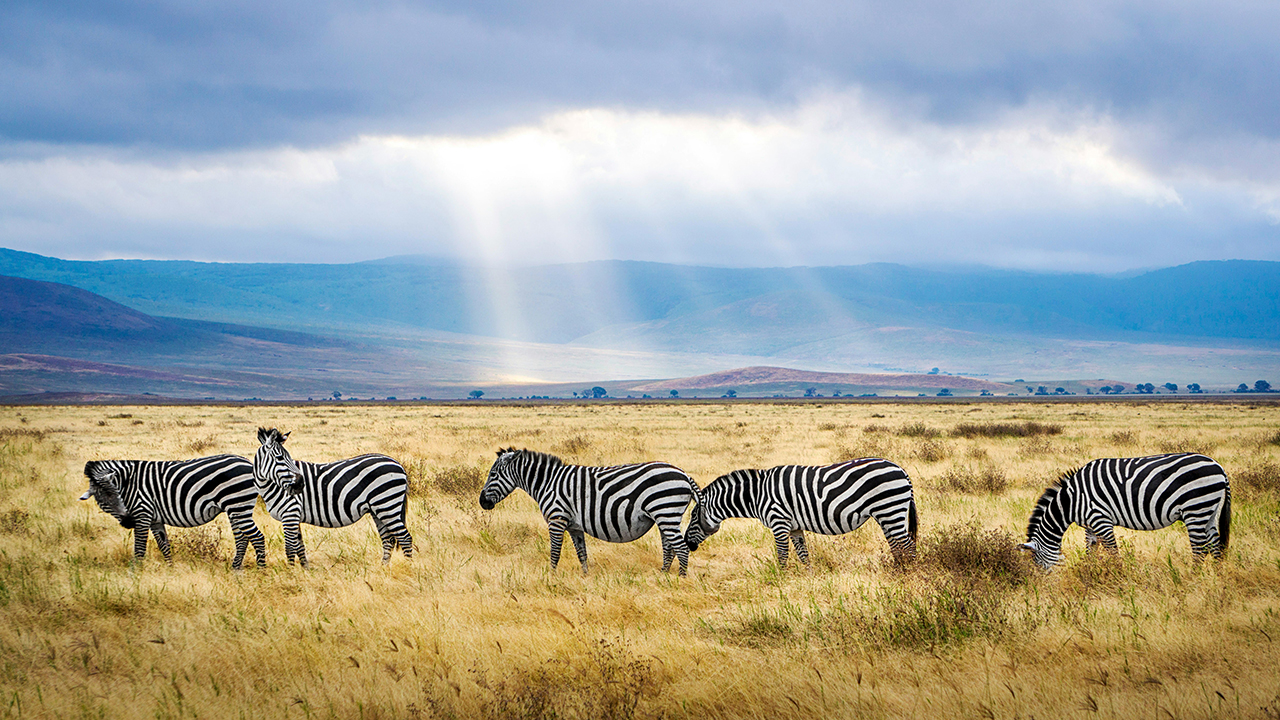
The Ngorongoro Crater in Tanzania is the world’s largest inactive, intact volcanic caldera. This vast, circular depression formed when a giant volcano exploded and collapsed on itself millions of years ago. Today, the crater is a UNESCO World Heritage site and home to an astonishing variety of wildlife, including zebras, lions, elephants, and critically endangered black rhinos.
The lush grasslands, forests, and lakes within the crater create a self-contained ecosystem that feels like a lost world.
Deadvlei, Namibia
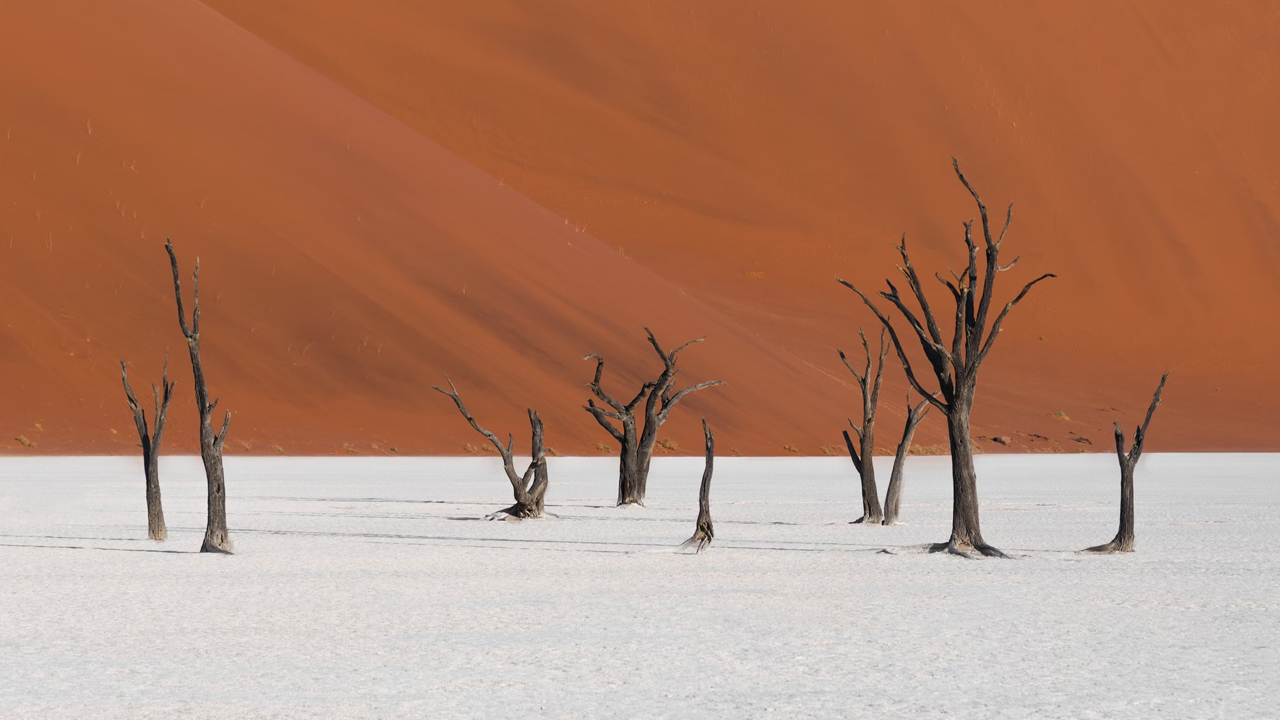
Deadvlei is a striking clay pan in the Namib Desert of Namibia, known for its eerie and beautiful landscape of dead camel thorn trees contrasted against the white clay ground and towering orange sand dunes. The trees, which are believed to be around 900 years old, have been scorched black by the sun, creating a haunting and surreal scene.
The dead trees, the white clay, and the vivid blue sky combine to create an otherworldly landscape that looks like something from a science fiction movie.
Jiuzhaigou Valley, China
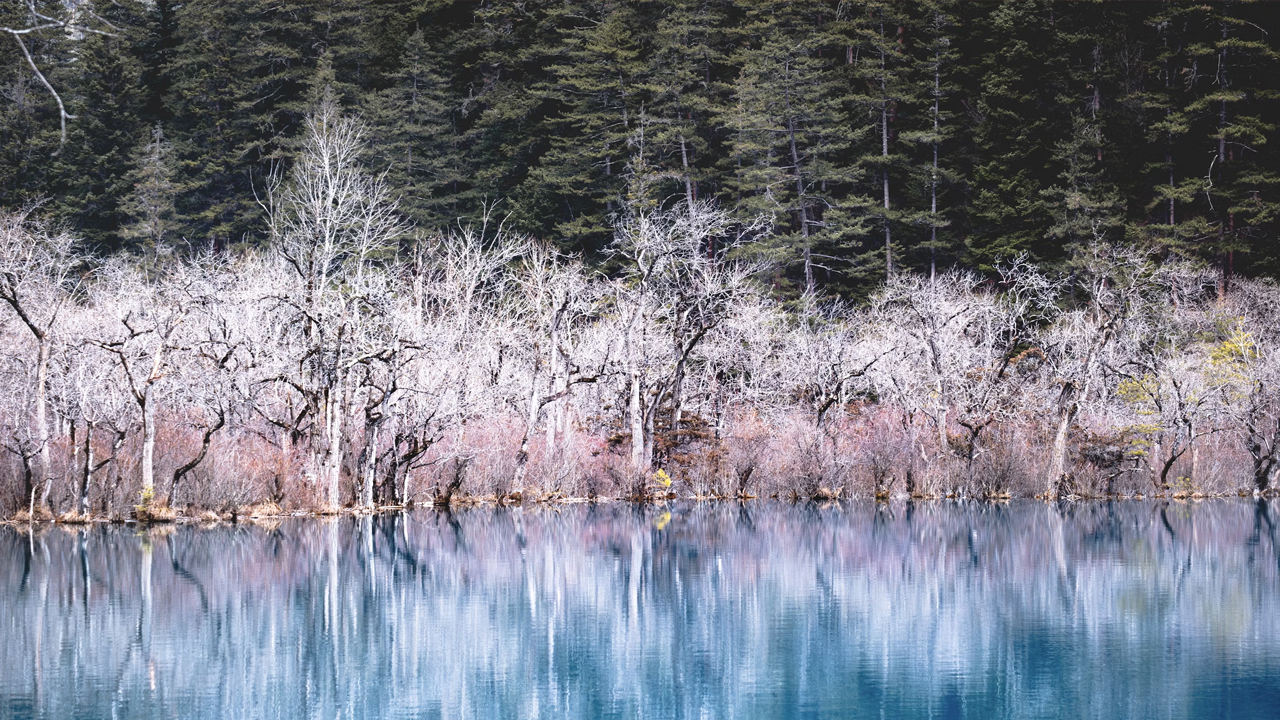
Jiuzhaigou Valley is a stunning national park in China’s Sichuan Province, known for its cascading waterfalls, pristine turquoise lakes, and colorful forests. The valley is home to a series of terraced lakes, each with its own unique color and character, ranging from crystal-clear to vibrant shades of blue and green.
The park is also home to a diverse array of flora and fauna, including rare species such as the giant panda and the Sichuan takin.
Pamukkale, Turkey
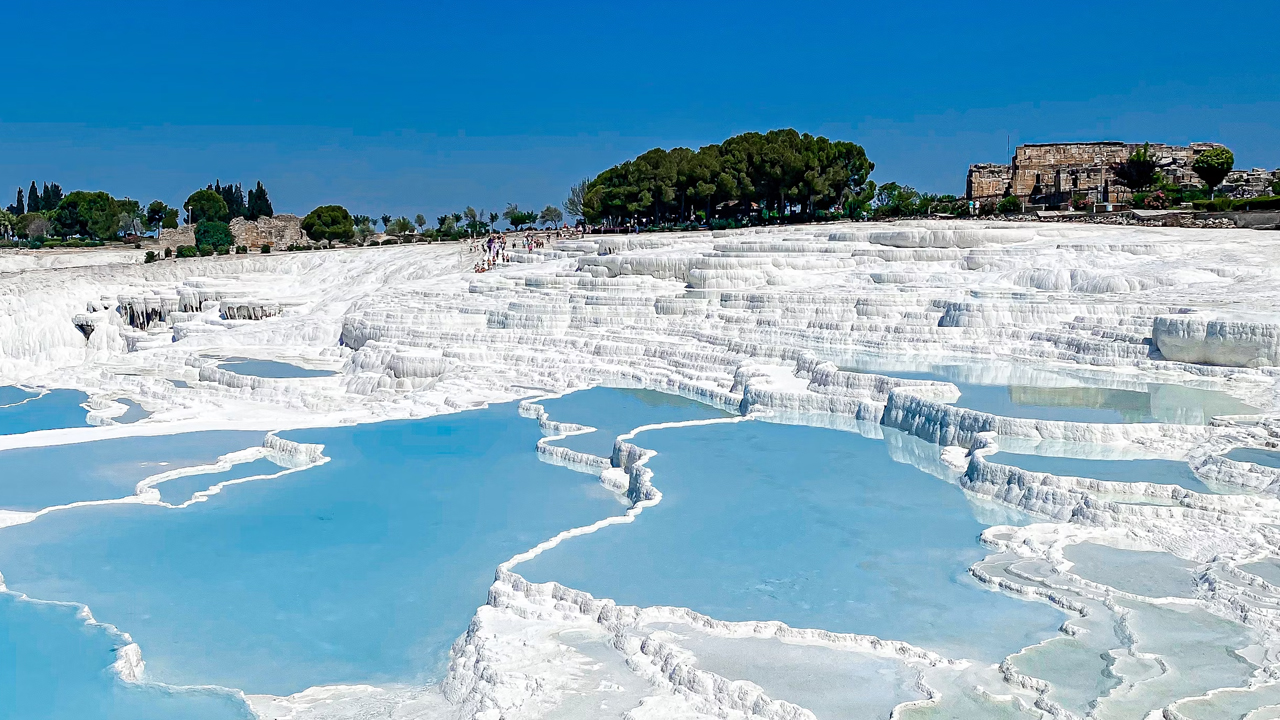
Pamukkale, which means “cotton castle” in Turkish, is a natural wonder located in the Denizli Province of southwestern Turkey. This incredible site features a series of white terraced basins filled with mineral-rich water from nearby hot springs.
As the water flows down the hillside, it leaves behind deposits of calcium carbonate, creating stunning white terraces that resemble a snowy landscape. Visitors can walk along the terraces and even bathe in the warm, therapeutic waters of the pools.
Hang Son Doong Cave, Vietnam
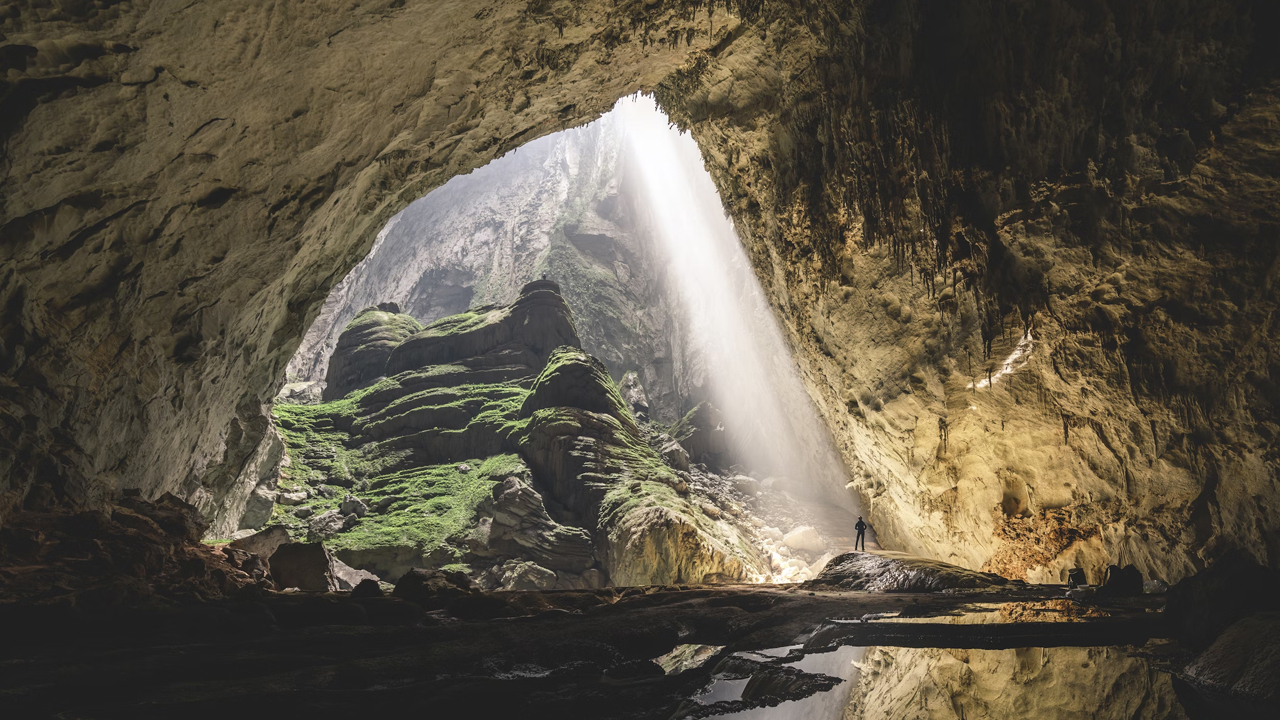
Hang Son Doong Cave in Vietnam is the world’s largest cave, with its largest chamber measuring over 5 kilometers long, 200 meters high, and 150 meters wide. This massive cave system was only discovered in 1991 and features its own unique ecosystem, complete with underground rivers, jungles, and even clouds.
Exploring Hang Son Doong is a true adventure, requiring several days of trekking, climbing, and camping inside the cave.
Moeraki Boulders, New Zealand
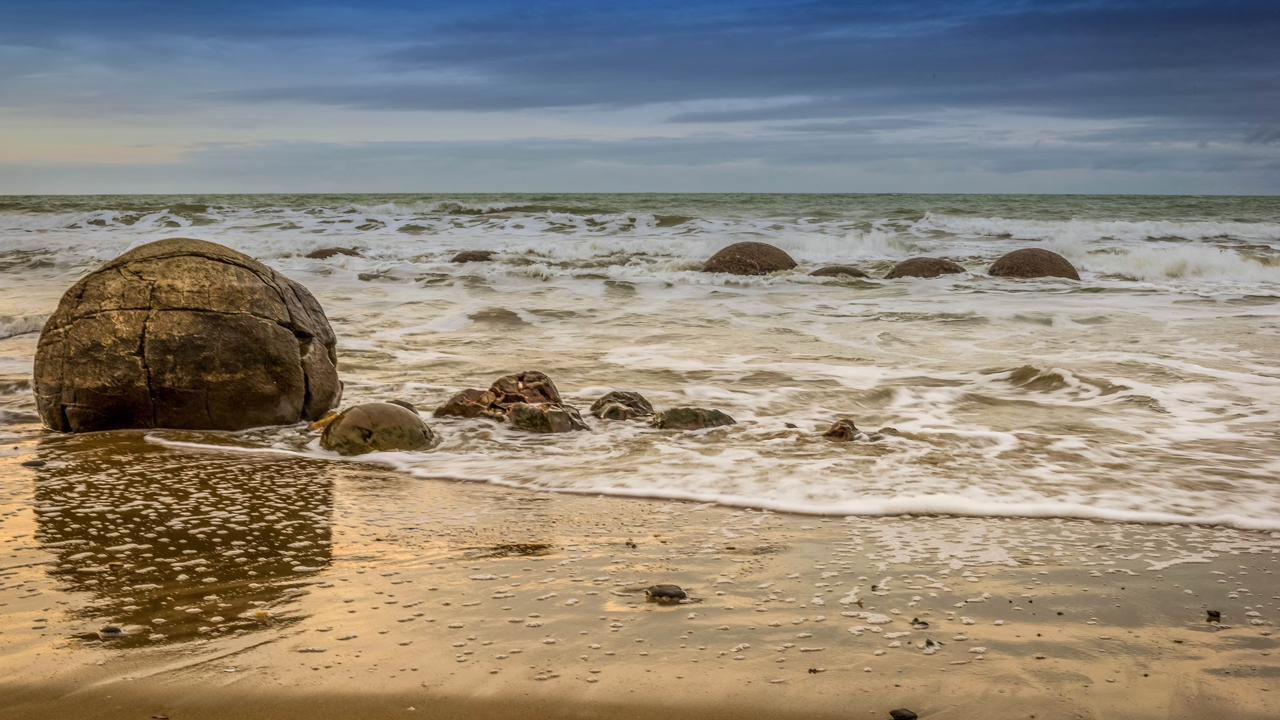
The Moeraki Boulders are a group of large, spherical boulders scattered along Koekohe Beach on the Otago coast of New Zealand. These boulders, some of which are up to 2 meters in diameter, are concretions that formed around 60 million years ago on the ancient sea floor. Over time, the softer mudstone surrounding the boulders eroded away, leaving these incredible spherical formations exposed on the beach.
According to Maori legend, the boulders are the remains of calabashes, kumaras, and eel baskets that washed ashore after the legendary canoe, the Araiteuru, was wrecked.
Underwater Waterfall, Mauritius
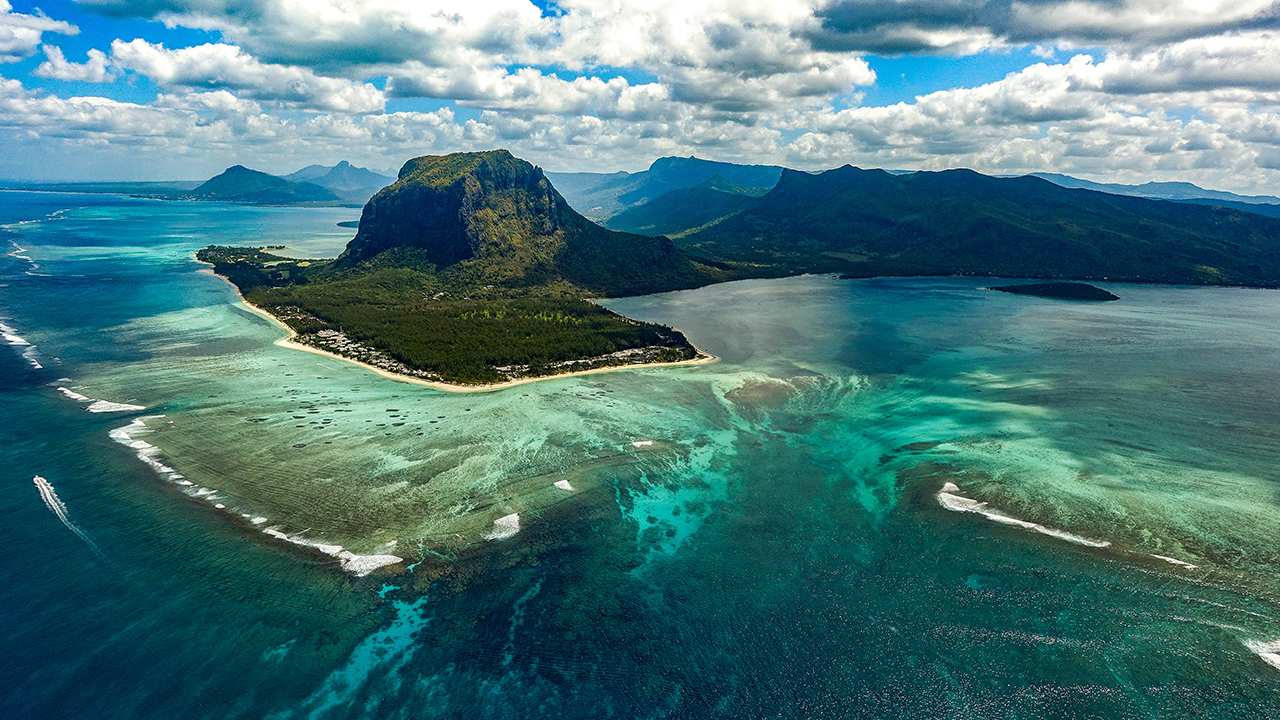
The Underwater Waterfall in Mauritius is a stunning optical illusion created by the movement of sand and silt over an underwater shelf off the coast of Le Morne Brabant. When viewed from above, the contrast between the deep blue ocean and the lighter turquoise water over the shelf creates the appearance of a dramatic underwater waterfall plunging into an abyss.
While it may look like a cascading waterfall beneath the waves, it is actually a fascinating trick of the eye caused by the unique underwater topography of the area.
